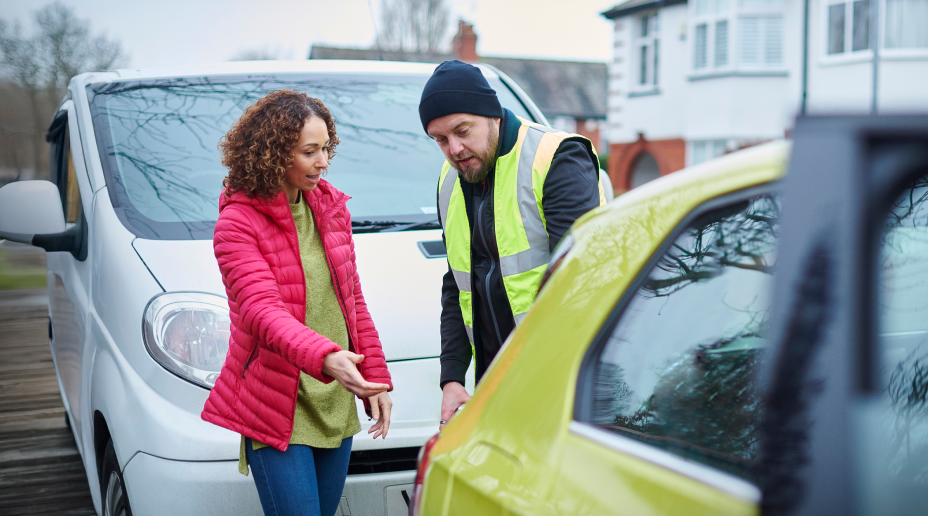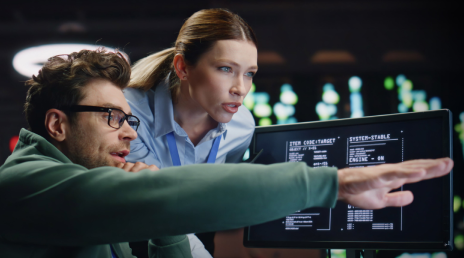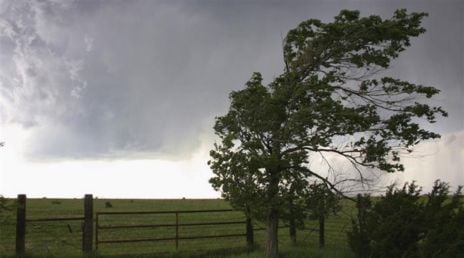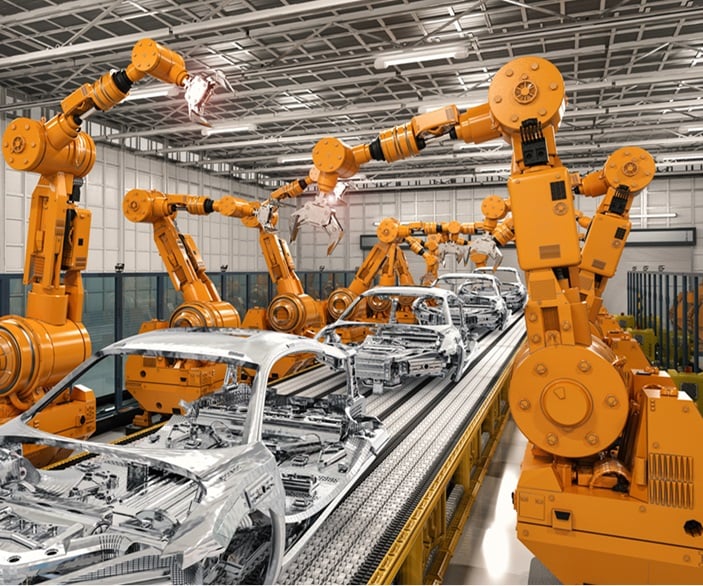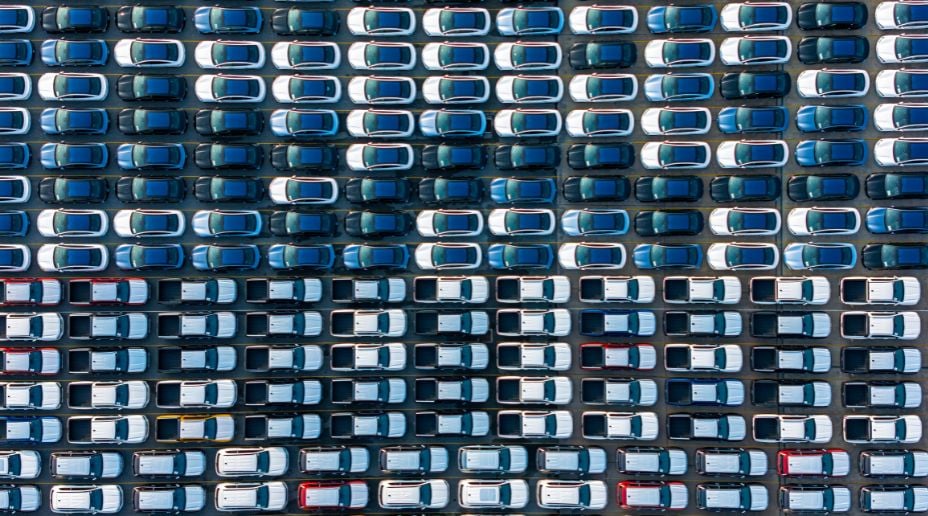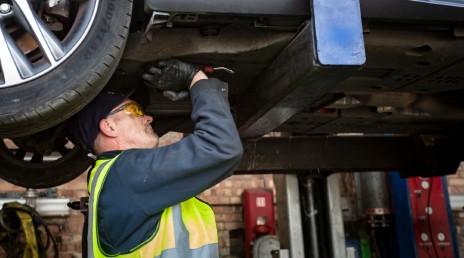
The crucial role of machinery installation in renewable energy projects
In the accelerating march toward a sustainable energy future, the installation of machinery within renewable energy projects represents one of the most critical phases of development. Whether it’s the towering blades of wind turbines, the submerged turbines of hydroelectric dams, or the solar tracking systems sprawling across sun-drenched plains, the successful implementation of these technologies depends heavily on the quality of planning, design, and execution at every stage.
A well-executed installation process not only guarantees functional operations from day one but also sets the tone for decades of reliable energy production. From design conception to commissioning and beyond, every detail matters. This article explores the multifaceted stages of machinery installation in renewable energy projects, emphasizing the essential components that ensure long-term efficiency, reliability, and safety.
The design phase: foundation for success
The design phase is perhaps the most influential moment in the lifecycle of any renewable energy project. During this stage, engineers, project managers, and stakeholders come together to shape the strategic direction of the site. Every decision made at this point, from machinery selection and placement to structural supports and grid integration, can dramatically influence the project’s future outcomes.
Effective design is not just about aesthetics or theoretical output. It directly impacts installation logistics, operational efficiency, environmental compliance, and maintenance accessibility. For example, the alignment and layout of photovoltaic panels can optimise sunlight capture, while proper positioning of wind turbines can reduce turbulence and enhance energy yield. Similarly, thoughtful design in hydroelectric plants can prevent sediment buildup and reduce wear on underwater machinery.
In renewable energy installations, cutting corners during the design phase often leads to costly adjustments later, making this stage the cornerstone of successful machinery deployment.
Technology quality and system productivity
Once the design is finalised, the next step is ensuring the selection of high-quality, fit-for-purpose machinery. The effectiveness of a renewable energy site heavily relies on the integrity and performance of the technology it employs. Each component, whether it’s a gearbox inside a wind turbine or an inverter in a solar PV system must be reliable, durable, and compatible with the site’s unique demands.
Procurement teams must vet equipment manufacturers thoroughly, seeking certifications, warranties, and field performance records. In wind energy, for instance, turbine blade materials must withstand years of high-speed rotation and exposure to the elements. In solar power, the degradation rate of panels plays a huge role in calculating return on investment.
Efficiency is the name of the game. Superior technology not only ensures higher energy yields but also reduces maintenance needs, boosts system uptime, and prolongs operational life. With the rapid pace of technological advancement in renewable sectors, choosing scalable and upgradable machinery is also key to future-proofing the investment.
The importance of site selection and structural design
The physical and environmental context of a renewable energy site can either support or undermine the functionality of its machinery. Thorough site selection and structural engineering are thus indispensable in preventing performance issues and operational hazards.
For wind farms, for example, topography, wind shear, and turbulence intensity must be analysed in detail. Because wind turbines are tall, slender structures, piling and foundation design is critical. A mismatch between soil conditions and structural load-bearing capacity can result in tower instability or even catastrophic failure.
Hydroelectric sites introduce a different set of concerns. These projects must manage constant water exposure, fluctuating pressure, and potential flooding. Effective flood risk management including proper dam design, spillway capacity, and drainage systems must be considered from day one to protect both machinery and nearby ecosystems.
In solar farms, especially in arid regions, soil erosion and dust accumulation on panels may impact efficiency, while snow load must be accounted for in colder climates. These environmental risks, if not mitigated during the structural design phase, can lead to energy losses, increased maintenance costs, and system failures.

Leveraging smart system design and monitoring technologies
To push the boundaries of efficiency and longevity, renewable energy leaders must optimise not just physical installations but also digital systems. Intelligent design, incorporating real-time monitoring and control technologies gives operators the tools they need to enhance performance and proactively respond to anomalies.
Supervisory Control and Data Acquisition (SCADA) systems are increasingly becoming a standard part of renewable installations. These platforms collect, analyse, and visualise data across machinery components, enabling predictive maintenance, remote troubleshooting, and system-wide optimisation.
With SCADA, a solar farm operator can detect declining output from a specific inverter and dispatch a technician before it impacts monthly yield. Similarly, wind farm operators can track turbine vibrations or gearbox temperatures to prevent mechanical breakdowns.
By integrating monitoring solutions into the design phase, developers can extend the lifespan of machinery and enable seamless system upgrades down the line. This approach supports a longer asset lifecycle, reduces operational costs, and aligns with broader goals of sustainability and energy resilience.
Ensuring long-term viability through sustainable design
Design doesn’t end with performance optimisation, it also encompasses longevity and adaptability. One of the most underappreciated benefits of meticulous design is its capacity to facilitate future enhancements.
As the renewable sector evolves, so too will the demands on existing infrastructure. A wind turbine installed today may need an upgraded controller or blade retrofit in ten years. A solar array might benefit from bifacial panel upgrades or more efficient inverters. Designing installations with modular components and accessible layouts enables these transitions with minimal disruption.
Moreover, sustainability extends beyond the energy produced; it involves the materials used, the construction methods employed, and the environmental footprint of the entire installation. Engineers should prioritize recyclable components, low-impact foundation designs, and eco-conscious transport and assembly methods. This holistic approach positions renewable energy as not only a climate solution but a model for responsible infrastructure development.
The critical role of testing and commissioning
No installation is complete without a rigorous testing and commissioning (T&C) phase. This final process ensures that all systems perform according to design specifications and comply with regulatory and safety standards. Often carried out in collaboration with machinery manufacturers, T&C is crucial for validating warranty conditions and certifying operational readiness.
During this stage, every element from rotor blade calibration and sensor alignment to electrical grid synchronization must be scrutinised. For example, a hydro turbine might undergo stress testing at various water flow levels, while a wind turbine’s yaw system is checked for proper rotation and responsiveness.
Testing should be performed in line with manufacturer guidelines and often with direct manufacturer oversight. This not only guarantees optimal setup but also provides a benchmark for future performance evaluations.
A comprehensive commissioning plan covers functional testing, performance verification, safety checks, and documentation. Only once all systems are cleared should the project proceed to the operational handover.
The importance of maintenance
In the installation of machinery, maintenance strategies play a pivotal role in ensuring operational efficiency and longevity. Predictive maintenance utilises advanced technologies and data analytics to foresee potential equipment failures before they occur, allowing for timely interventions that minimise downtime and repair costs.
Preventative maintenance involves regular inspections and servicing of machinery to prevent unexpected breakdowns, ensuring continuous operation and optimal performance.
Periodic maintenance, on the other hand, is scheduled at regular intervals, focusing on routine tasks such as lubrication, cleaning, and parts replacement to maintain equipment functionality and extend its lifespan.
Together, these maintenance approaches create a comprehensive framework that enhances reliability, reduces operational risks, and supports sustainable energy project outcomes.
From engineering acceptance to operational reliability
The Engineering acceptance and readiness stage serves as the bridge between commissioning and full operational launch. A well-designed process ensures that all technical and procedural bases are covered, reducing early-stage downtime and laying the groundwork for long-term success.
This phase includes final inspections, grid interconnection approvals, staff training, and digital system calibration. Operators should receive full documentation, including as-built drawings, system schematics, emergency procedures, and manufacturer manuals. If the engineering acceptance to operational reliability stage is rushed or incomplete, it may lead to performance gaps, safety risks, or regulatory non-compliance.
On the other hand, a robust process guarantees a smooth transition to commercial operation. The machinery runs at peak performance, outages are minimised, and the plant starts generating revenue from day one. More importantly, it instils confidence among investors, insurers, and regulators that the installation meets the highest standards of engineering and execution.

Mitigating risk through Operational All Risks insurance
No matter how rigorous the design and installation process, renewable energy projects remain exposed to a wide range of operational risks from mechanical breakdowns and fire damage to natural disasters and human error. This is where Operational All Risks (OAR) insurance plays a vital role in safeguarding the long-term viability of a renewable energy installation.
OAR policies are designed to provide comprehensive coverage for physical loss or damage to assets during the operational phase. This includes machinery breakdowns, electrical faults, storm or flood damage, and even business interruption losses due to insured events. For example, if a wind turbine suffers a gearbox failure that halts energy production for weeks, an OAR policy can cover the cost of repairs as well as the income lost during the downtime.
In addition to a good OAR policy, during the installation phase, you can safeguard your project with a tailored Erection All Risks (EAR) policy that wraps comprehensive protection around every critical activity onsite. EAR cover insures against physical loss or damage to machinery, foundations, and temporary works from hazards such as fire, flood, lifting accidents, and testing failures.
Importantly, insurers will often review project documentation including the design specifications, testing protocols, and the engineering acceptance to operational reliability stage reports before underwriting coverage. A meticulously designed and well-documented installation can not only reduce premium costs but also expedite claims handling and recovery in the event of a loss.
Additionally, many OAR policies include clauses related to maintenance practices and monitoring systems. The presence of SCADA systems, for instance, can strengthen a project’s risk profile by enabling early detection of issues, thereby reducing the likelihood of catastrophic failures. In this way, operational insurance is not just a safety net it’s also a financial reflection of the project’s engineering and management quality.
By aligning risk management with technical excellence, project leaders can ensure that their renewable energy assets are both resilient and insurable, securing long-term investor confidence and regulatory compliance.
Partner with confidence
We understand that success in renewable energy doesn’t end at commissioning it’s built on resilience, risk management, and ongoing performance. As a global leader in construction and renewable energy insurance, we support project owners and developers throughout the entire lifecycle from design and installation to operation and beyond.
Our expertise goes beyond insurance. We also offer specialised solar PV inspection services, helping you identify potential risks, optimise performance, which help ensure your systems are running at peak efficiency. We help you reduce downtime, enhance asset longevity, and build investor confidence.
Get in touch with our renewable energy specialists today to learn how we can support your next project with protection that performs as well as your technology.
Machinery installation as a strategic investment
Installing machinery in renewable energy projects is far more than a logistical task it is a strategic endeavour that influences the success, sustainability, and scalability of the entire initiative. From initial design and technology selection to site preparation, smart systems integration, and final commissioning, each phase builds upon the last to deliver a resilient, high-performing energy asset.
By treating installation as an integrated process rather than a standalone event, renewable energy leaders can avoid common pitfalls, harness maximum output, and future-proof their investments. As the demand for clean energy continues to rise, only those who master this multifaceted process will lead the charge into a greener, more sustainable world.








